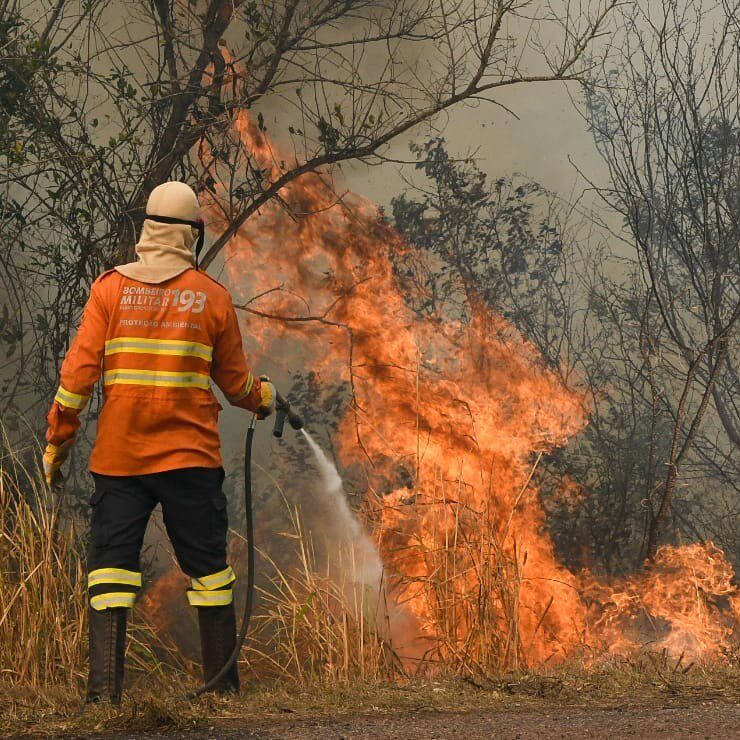

Ongoing fires in the Amazon and the Brazilian Pantanal, the world’s largest tropical wetland, have destroyed more than 7,000 square miles in 2024, an area the size of New Jersey. This year, the South American continent has registered over 346,000 fires, 76% of which are in Brazil.
Unusually hot and dry weather conditions have contributed to a 40% increase in the intensity of wildfires. Shifting rainfall patterns from El Niño, warmer than average temperatures from climate change and reduced humidity from deforestation have all contributed to Brazil’s “exceptional drought,” the highest drought ranking possible and the worst drought the country has seen in 70 years.
(Photo: Firefighters battling forest fires in the Pantanal, August 2024. Credit: Governo de Mato Grosso do Sul via X)
Due to weak regulatory oversight, fire and deforestation are used to clear land for farms and ranches, and nearly all the fires in Brazil’s Pantanal and Amazon regions were started by humans for these purposes. The fires then raged out of control.
These record-breaking fires have had severe consequences for Indigenous communities, the air quality across South America, local economies and, of course, wildlife.
The New York Times reported that the fires are laying waste to the region, killing animals and destroying animal habitats. “‘We’re watching the biodiversity of the Pantanal disappear into ash,’ said Gustavo Figuerôa, a biologist for the conversation nonprofit, SOS Pantanal. ‘It’s being burned to a crisp.’”
Latest Updates
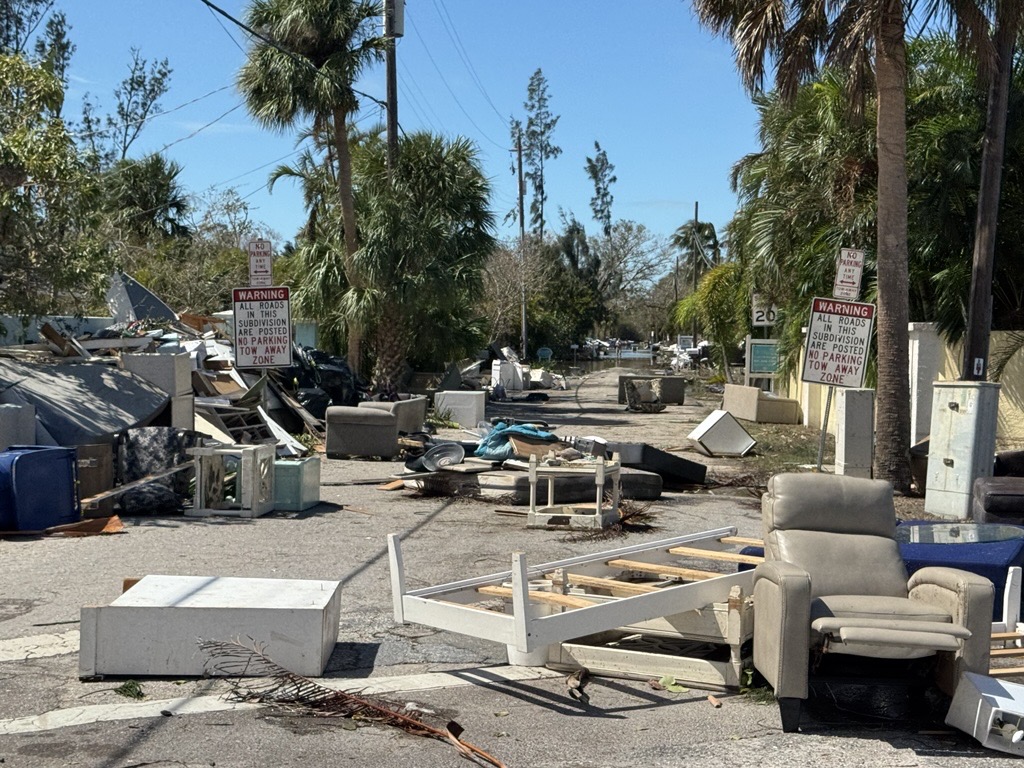
What we’re watching: Weekly disaster update, October 14
Key facts
- Indigenous communities are among the worst affected groups by these fires. More than 13,000 square miles of federally protected Indigenous territories have been destroyed.
- At more than 42 million acres, the Pantanal crosses Paraguay, Brazil and Bolivia and is home to a wide range of unique flora and fauna. Animals that survived the fires have fled to other habitats where food has become scarce due to increased competition for resources.
- The Brazilian Amazon is “now the largest emitter of C02 in the world” instead of “performing its critical function of absorbing carbon dioxide.”
- The fires have caused tourism in the region to plummet and have destroyed livestock and agriculture, the main drivers of the regional economy.
- According to Amazon Watch, when “vast swathes of the Brazilian Amazon were incinerated in 2019, the world took notice in an unprecedented show of alarm and solidarity, demanding that the Bolsonaro government take swift and decisive action to extinguish the flames. Yet when the smoke cleared, its root causes – Indigenous land invasions, violence against environmental and human rights defenders, and widespread ecological destruction – continued unabated.”
- Fire-related damages to the agribusiness sector are reported to be $366 million.
- The worst Brazilian drought in seven decades has led to dry rivers, wildfires and poor air quality. It has disrupted trade and travel, caused the loss of jobs, and slowed commerce in multiple countries. Almost 1.9 million square miles (59% of the country) have been affected. This is the most widespread drought in Brazil’s history.
- Smoke from these fires darkened skies in Sao Paolo, creating a “corridor of wildfire smoke” stretching from Colombia to Uruguay that can be seen from space. Earlier this year, Sao Paolo recorded the worst air quality globally due to wildfire smoke.
- Exposure to smoke increases the number of people seeking hospital treatment for respiratory issues and may cause thousands of premature deaths.
- Millions of animals have already died, and the fires have also disrupted food chains by leaving large swaths of land devoid of water, plants, insects and smaller animals.
Indigenous peoples
The drought fueling the fires has had an oversized impact on Indigenous populations. The drought has caused food scarcity in Indigenous communities and a sharp increase in waterborne illnesses, particularly in Indigenous children, due to the lack of potable water.
The 387 families of the Tikuna tribe in Fidadelfia face restrictions on their movements because they use rivers to travel between their homes and the nearby city. Low water levels and dry river beds are making it difficult to travel.
Along with displacement from the fires, Indigenous people face the destruction of their traditional lands and cultural practices.
Cash assistance
As with most disasters, experts recommend cash donations, which allow on-the-ground agencies to direct funds to the greatest area of need. Direct cash assistance allows families to purchase items and services locally that address their multiple needs. It gives each family flexibility and choice, ensuring that support is relevant and timely. Cash assistance can also help move families faster toward rebuilding their lives.
Climate adaptation and mitigation
As with many other recent natural hazards, climate change has played a significant role in the fires.
Funders can help by investing in preparedness, mitigation, risk reduction and climate adaptation programs. It is important that this funding be made available and targeted to meet the needs of the most marginalized people. This includes supporting Indigenous-led initiatives. Research in the Amazon, for example, has shown that deforestation is significantly lower in Indigenous areas.
Indigenous land management
Amazon Watch says, “The Amazon must be considered a no-go zone to all new extraction and the expansion of the destructive monoculture and pasture into forest and protected areas must be stopped. Meanwhile, its Indigenous peoples must gain definitive autonomy over their ancestral lands.”
Funders can support community organizations, especially Indigenous-led, who are working to protect the Amazon or to return land to Indigenous management.
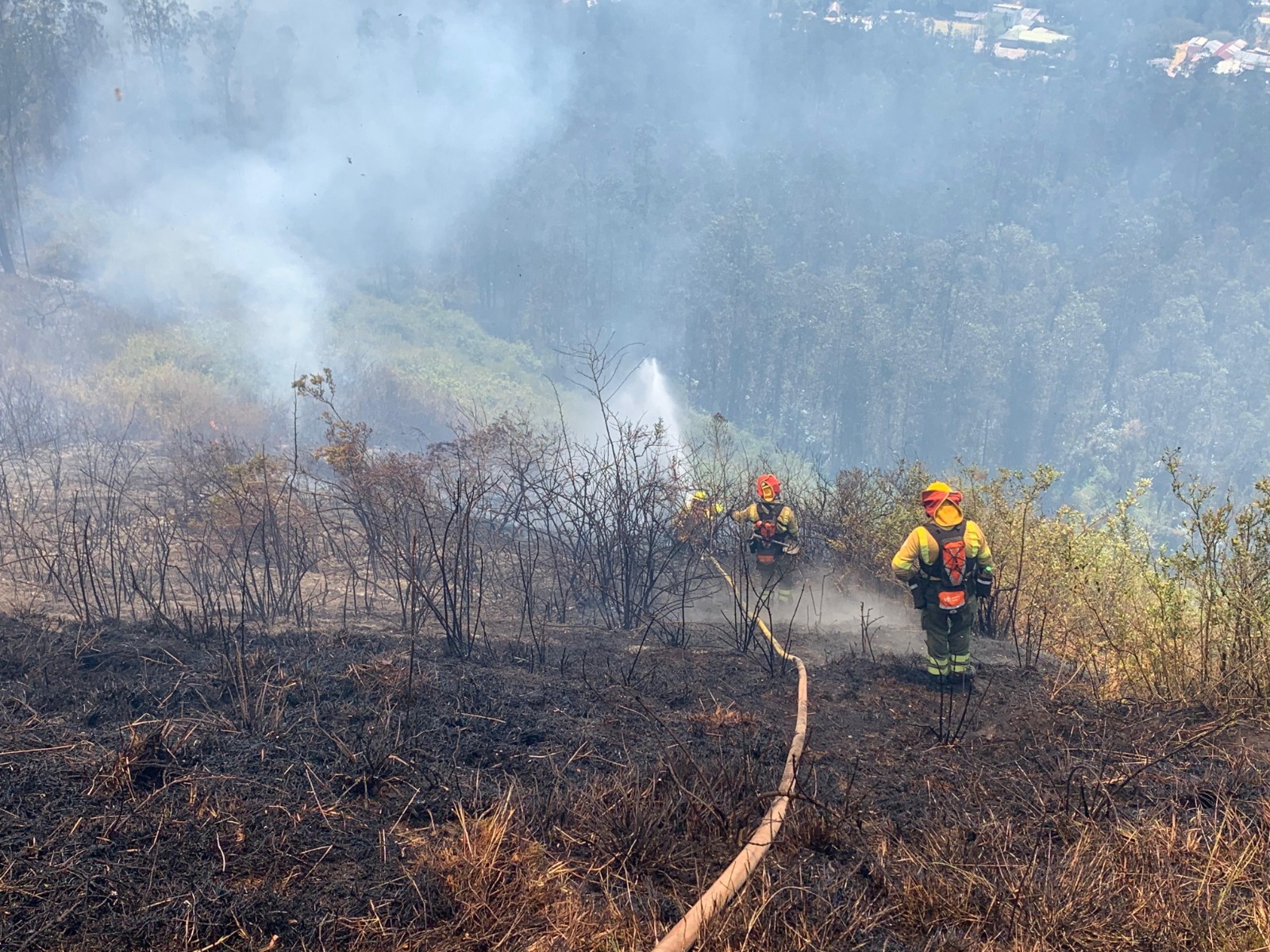
CDP has a Global Recovery Fund that provides an opportunity for donors to meet the ongoing and ever-expanding challenges presented by global crises. Select “2024 Brazil Wildfires” from the dropdown menu.
Contact CDP
Philanthropic contributions
If you have questions about donating to the CDP Global Recovery Fund, need help with your disaster-giving strategy or want to share how you’re responding to this disaster, please contact development.
(Photo: Firefighters from the Quito Fire Department battling fires in Ecuador. Credit: Bomberos Quito via X)
Recovery updates
If you are a responding NGO, please send updates on how you are working on recovery from this disaster to tanya.gulliver-garcia@disasterphilanthropy.org.
We welcome the republication of our content. Please credit the Center for Disaster Philanthropy.
Philanthropic and government support
After the 2019 Amazon fires, CDP provided The Nature Conservancy with a $238,750 grant from the Global Recovery Fund to help 250 Indigenous farmers affected by the fires recover and be trained on how to implement the agricultural practices that offer the best economic and environmental future for the Amazon. Funding was also used to conduct and publish an important study on the potential of bioeconomy in Pará State. The state government subsequently launched a Bioeconomy Strategy, and a state plan was under construction at the end of the project period.
More ways to help
CDP has also created a list of suggestions for foundations to consider related to disaster giving. These include:
- Recognize there are places private philanthropy can help that government agencies might not: Private funders have opportunities to develop innovative solutions to respond to and help prevent or mitigate future disasters that the government cannot execute.
- All funders are disaster philanthropists:Even if your organization does not work in a particular geographic area or fund immediate relief efforts, you can look for ways to tie disaster funding into your existing mission. If you focus on education, health, children or vulnerable populations, disasters present prime opportunities for funding.
- Ask the experts: If you are considering supporting an organization that is positioned to work in an affected area, do some research. CDP and InterAction can provide resources and guidance about organizations working in affected communities. The Council on Foundations provides Country Notes for countries to help foundations understand giving requirements, laws and regulations in various countries.
Resources

Wildfires
Wildfires devastate homes, livelihoods and communities of people worldwide, making them one of the most destructive types of disasters. While climate change fuels the frequency and intensity of wildfires, wildfires themselves fuel climate change, making them uniquely damaging to the planet.
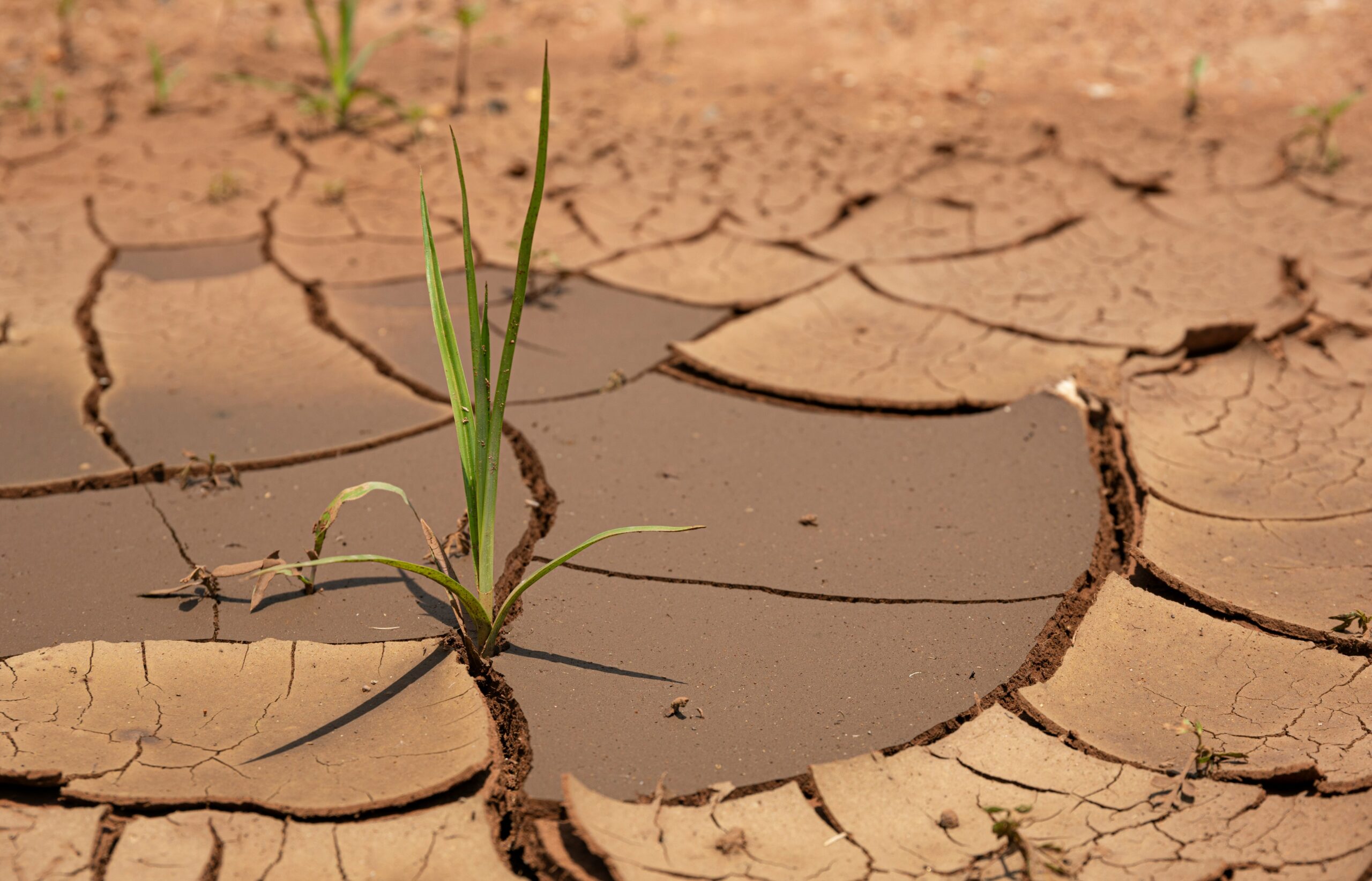
Drought
Experts describe drought as a slow-moving global catastrophe. Recent years have seen some of the most widespread and damaging droughts in recorded history, driven by climate change.
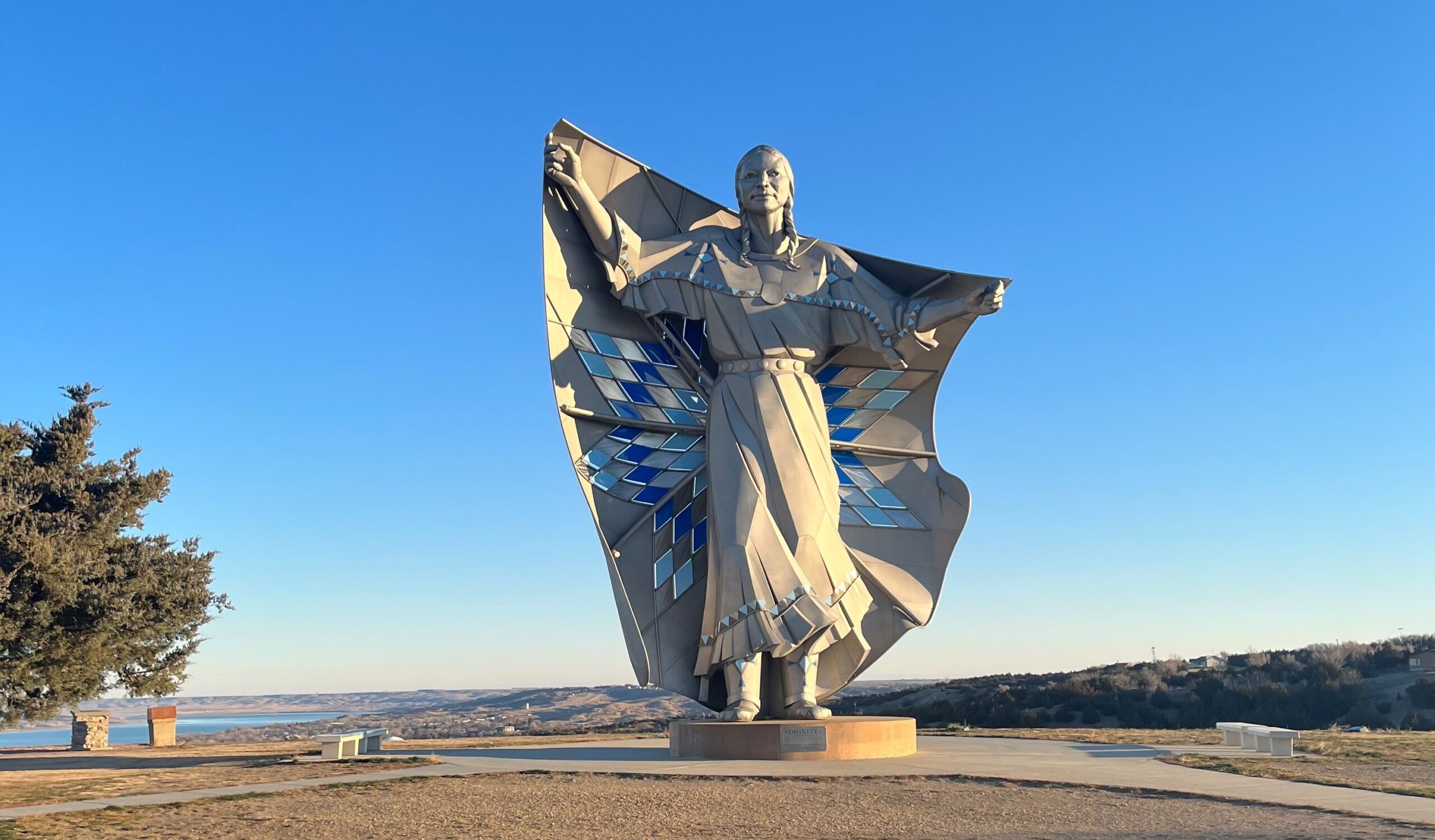
Indigenous Peoples
There is no universally accepted definition for the term “Indigenous.” According to the UN, the best approach is to identify rather than define Indigenous peoples. Indigenous peoples are everywhere. There are more than 476 million Indigenous peoples across 90 countries representing 5,000 different cultures. Indigenous peoples are often disproportionately impacted by disasters.